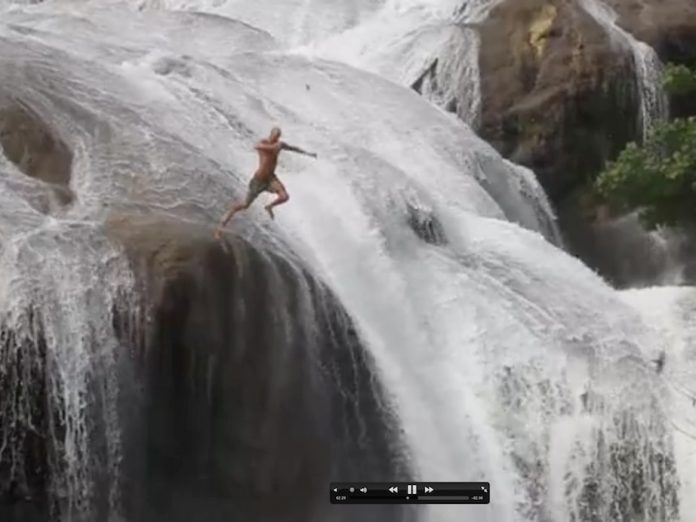There’s a camping game for every occasion, whether you’re spending a rainy morning underneath a tarp, a sunny afternoon on the water, or an evening gathered around a campfire. Best of all, these games require very little equipment, meaning there’s no need to pack toys, stuffed animals, and balls (or at least not as many as your kids may have requested).
After you’ve tired of Go Fish and Frisbee, spice things up with our list of the best camping games.
1. Hot paddle
You’ll need paddles for this energizing game. Participants should stand in a circle, facing each other with a paddle in hand. One camper will need to stand aside to lead the game by shouting out one of the following instructions:
Port: Everyone lets go of their paddle and moves one paddle to the left.
Starboard: Everyone lets go of their paddle and moves one paddle to the right.
Bow: Everyone bows with paddle in hand.
Stern: Everyone lets go of their paddle and turns 360 degrees, catching the paddle before it falls.
If a participant confuses the directions or lets their paddle fall to the ground, they’re out. Continue until one person is left.
2. Pterodactyl
The objective of this game is to keep your teeth covered with your lips. Start with everyone in a circle facing one another. One player starts by saying “pterodactyl,” passing the word on to the person on their right who repeats it and so on. Players can change the direction by imitating a pterodactyl’s screech, passing that sound to the left. If anyone laughs and shows their teeth, they’re out.
3. Battleship
You’ll need two canoes on the water for this game, perfect for warm summer days. Flip the canoes over, creating an air pocket underneath them. One or two people swim under the gunwales and pop up inside each canoe. Decide in advance which canoe is the hunter, and which is the prey. The campers in the hunting canoe shout out Marco and the other shouts out Polo. The object is for the hunter canoe to catch the other canoe by bumping into it without peaking. Agree in advance on a small area of play and set a time limit so that air under the canoe doesn’t run out. Have a ref in an upright canoe to enforce the rules.
4. Water warrior
Forget the sandpit; take your next game of tug-of-war to the shallows of the beach to test balance and strength. Tie a bandana around the midpoint of the rope, get knee-deep in water and line up the midpoint with a landmark on shore that players should try to pull each other past. Pit brothers against sisters, kids against parents! For a fun variation, everyone must compete with water balloons tucked under their arms—don’t break or drop your balloon.
5. Shout out
Try to count to 20 by shouting out numbers without organizing who will speak when. Anytime two people say the same number or speak at the same time, the whole process starts over. Not only is it harder than it sounds, it’s a perfect game to keep everyone close together on the hiking trail.
6. RPS olympics
Best for bigger families and groups, have each player partner up to play Rock, Paper, Scissors, playing for best two out of three rounds. The losers become cheerleaders for their winning partners and follow them on to their next round, cheering for them. The next person to win gains the loser and their cheerleader and soon, until there are only two players, each with their own personal cheerleading sections for the championship.
7. Camouflage
This game, as you might expect, is best played in wooded areas. One player stays stationary as the spotter and counts to an agreed-upon number.
The group of players hide. But here’s the catch—you have to be able to see the spotter. Using surroundings to their advantage, players can hide in plain sight. If the spotter is having trouble finding players, they can call “food” which is when they close their eyes and hold up their hand. Players have to run and touch their hand as they count to an agreed-upon number, then find a new hiding spot.
The spotter can also yell “fingers,” which is when they hold up a certain number of fingers and those hiding have to call them out, meaning they have to peak around to see the number of fingers and possibly be spotted.
8. Telephone
This one is a classic. It seemed a little too obvious to include at first, but when we recounted those rainy camp days giggling in our tents we had to include it.
Effortlessly played with large groups of people, adults alike, one person is the operator. The operator will come up with a short sentence and whisper it once into the next person’s ear. That person then whispers what they heard to the next person and the cycle continues. The last person to hear the message will then say it out loud.
Hilarity ensues when they compare it to the operator’s original sentence. And this folks, is why gossiping is bad.
9. Hug a tree
This game can be played with small groups of explorers within a designated perimeter. Without blindfolds, spend time with a tree. Sounding a bit too tree-hugger to you? Bear with me.
Before being blindfolded, children should get to know the tree—the texture of its bark and leaves, its circumference, its smell, what trees are nearby, and any other amazingly small details they can identify.
After they’ve spent their time with the tree, walk them away, blindfold them, and, to add to the mystery, spin them gently around a couple of times. Lead them back toward the tree, but bring them to different trees first. See if they can guess which tree they took the time getting to know. Caution: your child may become more aware of the natural world.
10. Sardines
Think: inverted hide-and-seek. Only one person hides, while the entire group tries to find them. When you find the person, instead of ousting them, you quietly hide with them. Slowly, players disappear from the game, all quietly hiding like sardines crammed into one hiding spot. The last player to find the sardines becomes the new sardine.
11. Deer ears and fox feet
Explorers sit in a circle on the ground. One player sits in the middle with her eyes closed or blindfolded. A stick sits in the dirt behind the player’s back. This is an optional rule, but we think it’s adorable, so we encourage it: the player in the middle holds her hands up to her head as if they are deer ears.
Explorers circling the player in the middle have to stealthily sneak up on the player in the middle to steal the stick behind them. If the deer in the middle hears something, they point toward the sound, hoping to catch the sly fox trying to steal the stick. She has three guesses to catch the fox(es).





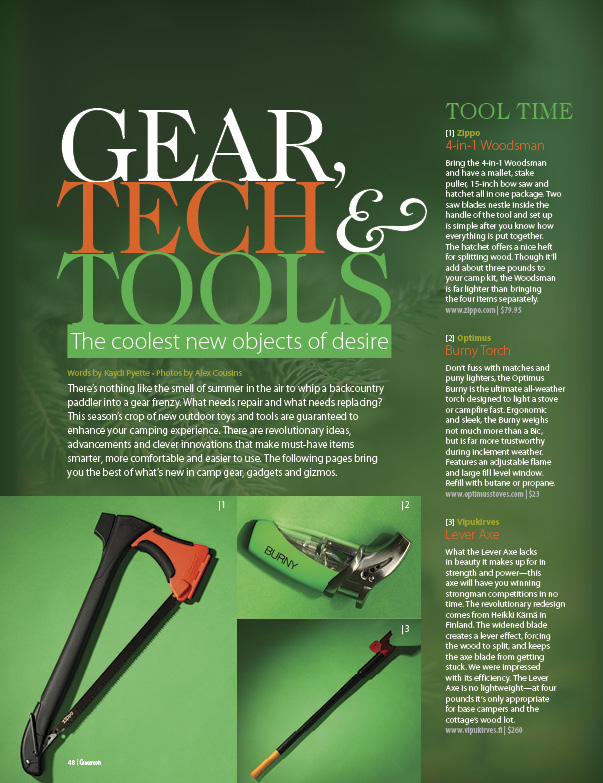 Get the full article in the digital edition of Canoeroots and Family Camping, Early Summer 2014, on our free
Get the full article in the digital edition of Canoeroots and Family Camping, Early Summer 2014, on our free 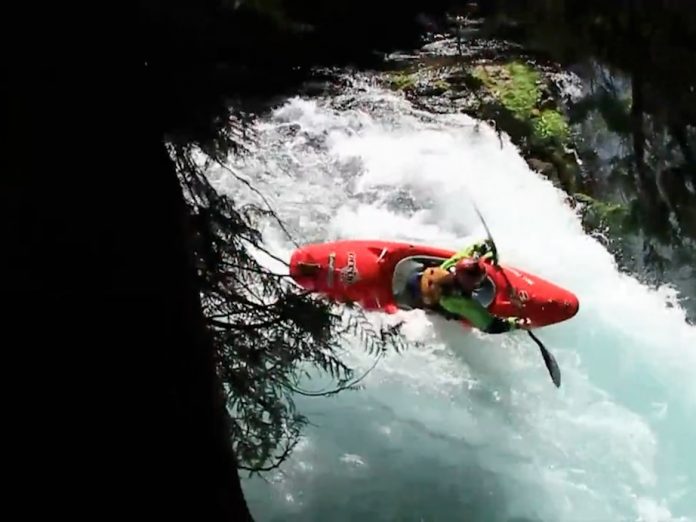
![Vanishing Act [ EDITORIAL ] Campfire ERROR 404.](https://paddlingmagazine-images.s3.amazonaws.com/2023/03/Vanishing-Act-EDITORIAL-Campfire-ERROR-404.-696x465.jpg)

 Get the full article in the digital edition of Canoeroots Early Summer 2014.
Get the full article in the digital edition of Canoeroots Early Summer 2014. 

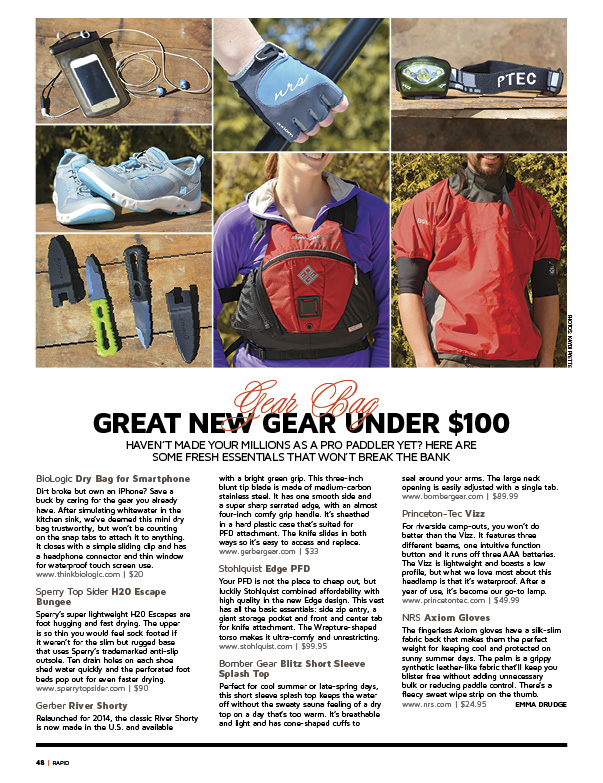

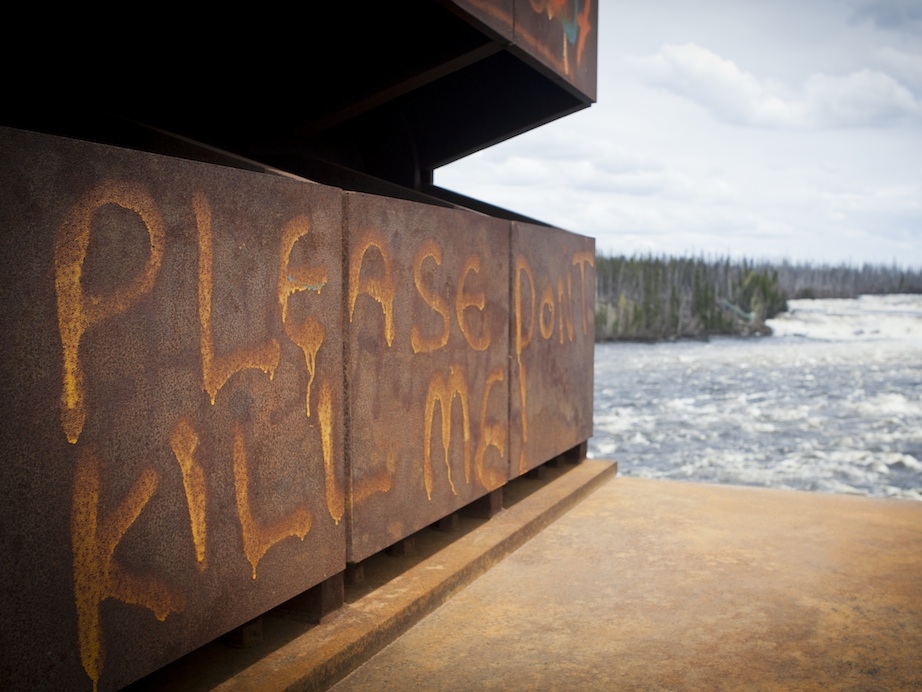
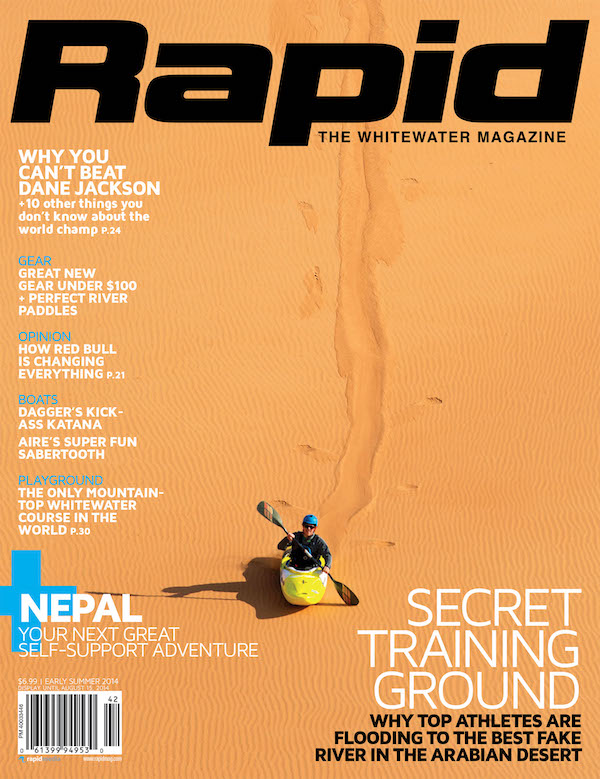 This article first appeared in the Early Summer 2014 issue of Rapid Magazine.
This article first appeared in the Early Summer 2014 issue of Rapid Magazine. 


